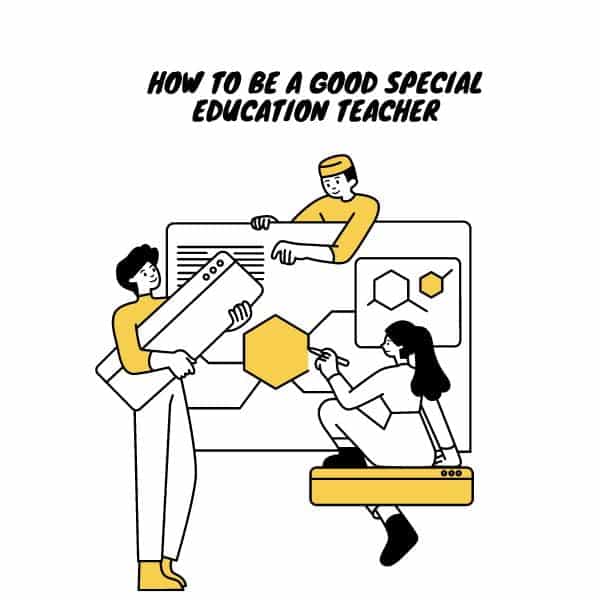Introduction
Among all education sectors and landscapes, special education has grown profoundly and received attention. Now, it goes without saying that meeting the different needs of students, especially special students, forms a part and parcel of teaching.
Special education teachers provide quality teaching while addressing individual learning needs; hence, the job is demanding and rewarding. Often, the richness and the weight of the position lead one to wonder, “How is one supposed to be a good special education teacher?” This paper explores the many elements encompassing effective exceptional education teaching.
Understanding Special Education
Special education is a specific program for students whose learning needs are disparate from all students in a given school by encompassing special students with disabilities such as learning, emotional, physical, or mental challenges. The special educator’s role goes beyond imparting knowledge. Rather, it deals with helping the student overcome his learning hurdles, building up his confidence, and eventually enabling him to realize his own potential.
The Essential Qualities of a Good Special Education Teacher
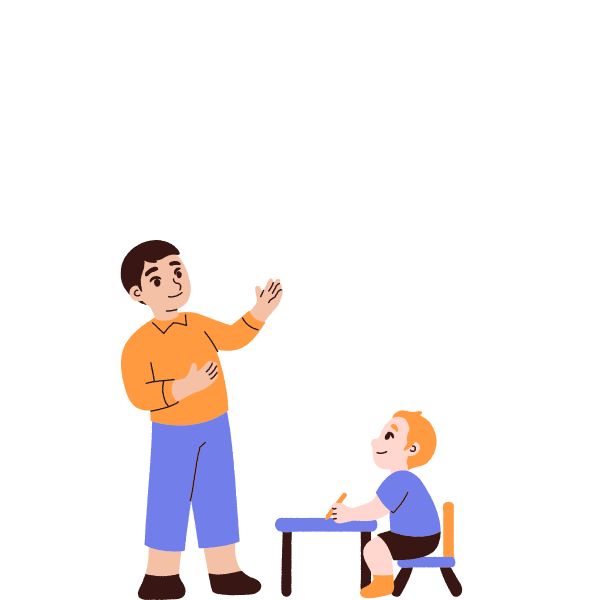
Being an effective special education teacher involves a combination of personal attributes, professional skills, and dedication. Here are some essential qualities that good special education teachers possess:
- Patience: A characteristic trait of special education is that learning progress can be slower and more variable than in traditional settings. An excellent special education teacher is patient and understanding, allowing students time and space to learn at their own pace.
- Creativity: Special education often demands thinking outside the box. By developing creative learning strategies and activities, teachers make learning more fun and engaging for students, thus resonating with them.
- Empathy: More than any other teaching field, special education requires a deep understanding of students’ struggles and emotions. Empathy allows teachers to foster a safe and supportive learning environment, encouraging students to express themselves and overcome challenges.
- Organization: A structured learning environment can significantly benefit special education students. Successful teachers prioritize an organization, establish clear routines, and maintain consistency while remaining flexible to accommodate individual student needs.
Special Education Teaching Techniques
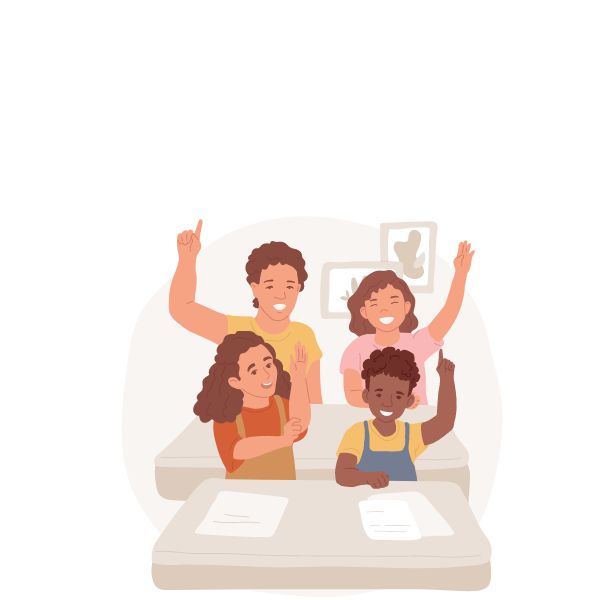
As a special education teacher, it’s essential to adapt your teaching to meet the individual needs of each student. Here are some proven techniques:
- Individualized Education Programs (IEPs): As the law requires, customized programs meet each student’s needs. They include specific learning objectives, teaching methods, and assessment plans.
- Use of Assistive Technology: Technology can be a powerful tool in special education. Tools like text-to-speech, special keyboards, and touch-screen devices help students with special needs learn more efficiently.
- Multi-sensory Learning: This approach involves teaching through various senses – visual, auditory, tactile, and kinesthetic. It aids comprehension and retention, allowing students to engage with the material in a way that works best for them.
- Peer Tutoring: This technique fosters social skills and enhances learning. It involves pairing students with special needs with classmates who can provide academic assistance.
Overcoming Challenges in Special Education
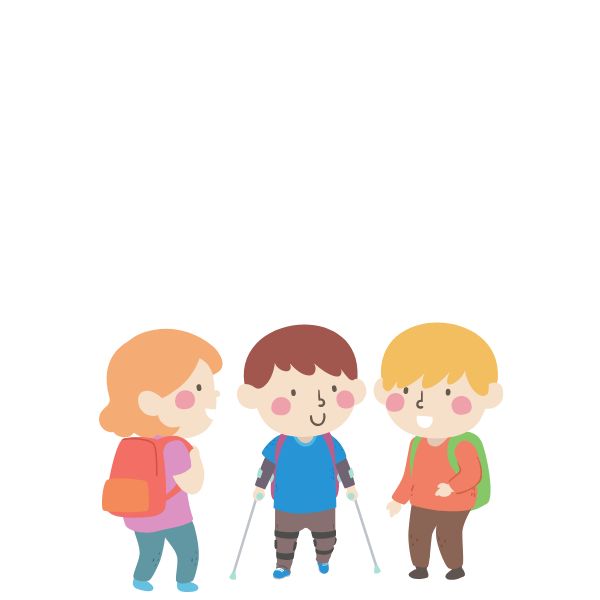
Excellent education teaching is a very rewarding profession with the challenges of managing diversity in learning needs, behavioral issues, and emotional demands. An excellent special education teacher should be open to these challenges but look for strategies to manage them. Some strategies include seeking support from colleagues, adopting mindfulness practices, or behavior management strategies in teaching.
Professional Development Opportunities
There is a change in special education landscapes as researchers develop new methodologies and technology. The teacher has to learn continuously to get ahead of the game since a special education teacher will always need to be updated regarding the various disabilities, teaching methods, assistive technologies, and behavioral problems. Workshops, webinars, and courses provide additional information to the teachers.
The Impact of Special Education Teachers
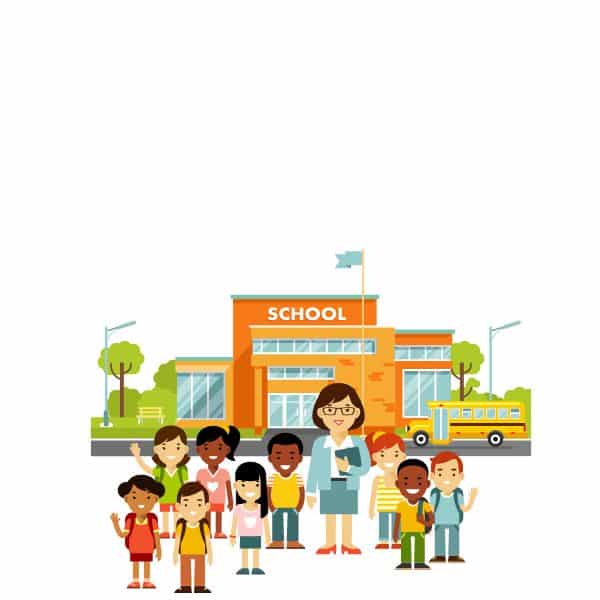
In fact, your footprint goes much further than the school classroom. You are working to help make a world more inclusive and supportive of diversity. You are equipping students to navigate more effectively their own worlds, propelling them further along the paths of personal growth and self-confidence. You are helping to break barriers, one by one, which society has erected against people with disabilities, to clear the way for an environment that will be nurturing in acceptance and understanding.
What specific examples of behavior management strategies can special education teachers use?
- Positive Reinforcement: This involves providing rewards (verbal praise, tokens, extra privileges, etc.) when students exhibit desirable behavior. Suppose a student has difficulty with disruptive outbursts but maintains composure while dealing with a challenging task. In that case, the teacher could recognize this progress by offering accolades or a modest incentive.
- Clear Expectations: Set clear, realistic, and consistent classroom behavior expectations. It is important to regularly communicate these expectations and provide visual aids as necessary to reinforce them.
- Consistent Consequences: Establish a set of consistent consequences for undesirable behavior. Ensure that these are fair and applied consistently and that students understand the link between their behavior and the consequences.
- Visual Schedules: A visual schedule can be a valuable tool for helping students comprehend their responsibilities and deadlines. This can reduce anxiety and improve organization, leading to better behavior.
- Social Stories: These short narratives depict a social situation that a student might find challenging. These tools assist students in learning appropriate behavior and responses, facilitating their comprehension and management of various situations.
- Behavior Contracts: These agreements between the teacher and the student outline expected behavior and its rewards and consequences.
- Self-Monitoring: Teaching students to self-monitor can be effective in improving behavior. This involves students evaluating their behavior and keeping track of their progress toward behavioral goals.
- Time-Outs: Time-outs help students calm down and regain control during strong emotions or behavior problems.
- Functional Behavior Assessments (FBAs): FBAs help understand why students behave a certain way. This helps create a plan to improve their behavior.
These strategies aim to teach and reinforce good behavior rather than just punishing bad behavior. Each student is unique, so it’s important to tailor these strategies to meet individual needs and contexts.
Conclusion
The journey of “how to be a good special education teacher” doesn’t have an endpoint. It’s a continuous process of growth and learning.
It involves a blend of professional skills, personal qualities, and innovative teaching methods. While the road might be challenging, the rewards of making a significant difference in students’ lives are priceless.
Take on the challenge and grab the chance to learn throughout your life. By doing so, you will create better futures for your students. One can accomplish this by taking it one lesson at a time.
Read Also: How To Practice Gratitude When Depressed

